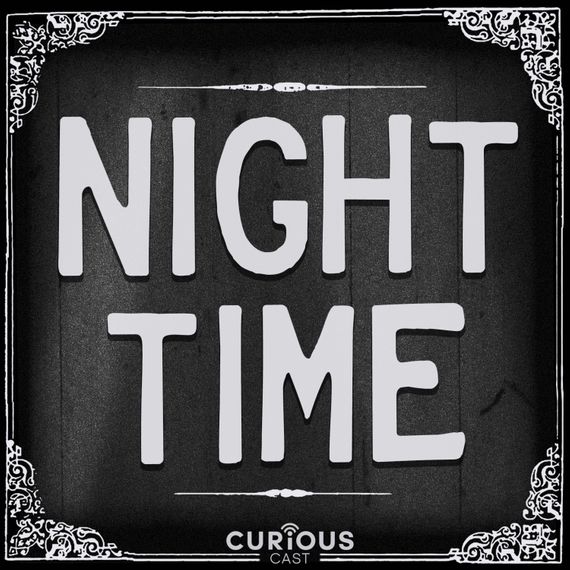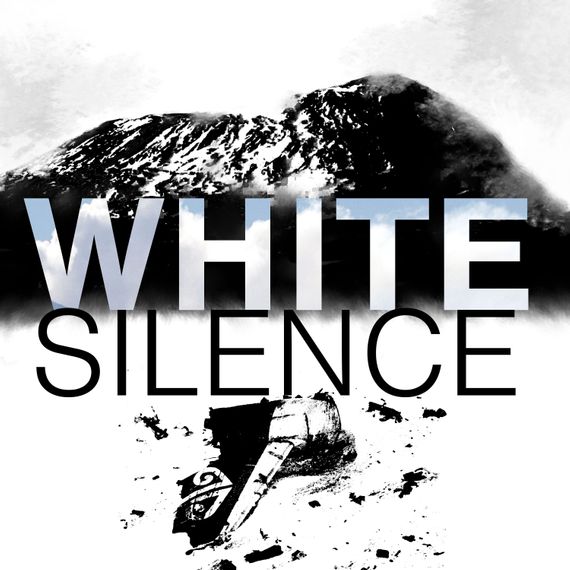
The true-crime-podcast universe is ever expanding. We’re here to make it a bit smaller and a bit more manageable. There are a lot of great shows, and each has a lot of great episodes, so we want to highlight the noteworthy and the exceptional. Each week, our crack team of podcast enthusiasts and specialists will pick their favorites.
Red Ball, “Item 8063”
Among crime investigators, a case that causes an uproar in a community, that draws insane amounts of media or political attention is referred to as a “red ball.” And what happened to four teenagers in Speedway, Indiana, on the night of November 17, 1978, known as the Burger Chef murders, is the epitome of a red ball. Sometime after closing, four employees at the Burger Chef restaurant — Jayne Friedt, 20; Daniel Davis, 16; Mark Flemmonds, 16; and Ruth Ellen Shelton, 18 — were kidnapped, their bodies were found in the woods two days later. Forty-one years later, the case remains unsolved.
The Indiana State Police is still looking into the case, and in this new podcast, Ashley Flowers, host of Crime Junkie and Full Body Chills (which I burned through unrepentantly), follows First Sergeant Bill Dalton as he reinvestigates. But how do you even begin to look at a decades-old case from a new angle? You write down everything, you digitize it, you go to seminars with a forensic psychiatrist who knows things like what kind of glasses someone wears, and you might end up closer to some answers in the form of physical evidence. Regardless of your familiarity with this case, Red Ball is a fascinating listen — once you’re in, you’ll be hooked. —Chanel Dubofsky
Night Time: “The Murder of Loretta Saunders — Parts 1 and 2”
For this special two-part episode of the audio documentary series, host Jordan Bonaparte joins forces with Canadian True Crime host Kristi Lee to tell the story of murdered Inuk woman Loretta Saunders. Lee helms the first hour, weaving a narrative that begins centuries before with the colonization of Canada and the displacement of its Indigenous people — necessary context to fully understand the country’s current crisis of missing and murdered Indigenous women and girls (MMIWG). (To wit, a recent national inquiry found that at least 1,200 Indigenous women have gone missing or been murdered since 1980.) It was a cause near and dear to Saunders’s own heart — so much so that the 26-year-old was writing her thesis on the topic when she was killed and, in an ironic twist, joined those tragic ranks. As Lee explains, the circumstances surrounding Saunders’s murder were as cruel and senseless as they come and sent shock waves through both the smaller community of Halifax and the nation at large. For his part, Bonaparte’s follow-up narrows in on the effect the case had on Saunders’s family, and features an interview with her younger sister Delilah, who has picked up the mantle for MMIWG following Loretta’s death. The sum of these two parts is a powerful reminder about the lives that are being lost at an alarming rate — and a call to action to do something, anything to stop it. —Amy Wilkinson
Women & Crime: “Imette St. Guillen”
Amy Shlosberg and Meghan Sacks, the women behind Direct Appeal — which looked at the Melanie McGuire case — are back with a new podcast called Women & Crime. This twice-monthly podcast promises to look at women in all facets of crime, from victim to perpetrator to falsely accused to prominent figure in the justice system. The first episode concerned the strange case of murderer Betty Broderick, as told by Sacks with Shlosberg weighing in with questions and comments. The second episode, “Imette St. Guillen” looks at the 2006 murder of St. Guillen, a criminal-justice student at John Jay College, after an evening of barhopping in New York City. Coincidentally, the hosts, both criminologists at Fairleigh Dickinson University, were also enrolled at John Jay at the time of the murder. Shlosberg tells the story of the investigation, which includes some good fortune along with forensics and old-fashioned detective work. Eventually, Darryl Littlejohn, an ex-con and one of the bouncers at the last bar that St. Guillen visited the night of her murder, was arrested. Shlosberg and Sacks are genial hosts and display the chemistry that they developed during Direct Appeal, giving this podcast a promising start. —Toby Ball
White Silence: “White Silence”
On November 28, 1979, an Air New Zealand plane set off on what had become a popular sightseeing excursion to Antarctica. The flight hearkened back to the golden era of air travel. Men donned ties while glamorous stewardesses served Champagne. Once over Antarctica, the plane descended to low altitude, with passengers peering out the windows to snap photos. But on that day, the plane crashed into the Erebus Volcano, killing all 257 people onboard. In the first episode of White Silence, a podcast from Stuff and RNZ, the wife of the flight’s pilot recalls an unsolved break-in at her home months after the crash. Nothing valuable was missing, other than passports, but it was unusual. Power had been cut and a photo of her husband was torn. Was it the work of someone looking to bury information? As investigators search for answers, everyone questions why the pilot was on the wrong side of the volcano. His wife recalls sitting in a lawyer’s office and wondering, “What happens now? Am I married to a murderer?” In this comprehensive reflection, hosts Michael Wright and Katy Gosset delve into why the crash remains so controversial 40 years later and how it became known as “an orchestrated litany of lies.” —Lara Bricker
American Jihadi: “The Matrix”
American Jihadi is the story of the relationship that grew between journalist Christof Putzel and Omar Hammami, an Alabama-born jihadist who was once on the FBI’s Most Wanted Terrorists list. Hammami was a major player in Al Shabaab, a Somali fundamentalist group associated with Al Qaeda, and he had become a sort of white whale for Putzel, who made a documentary in 2010 while at Current TV called, well, American Jihadi. The journalist hadn’t been able to get in touch with his subject directly, but that all changed when Putzel received a mysterious email from someone who claimed to have a copy of Hammami’s autobiography. By then there had already been reports that Hammami had been killed, but Putzel continued the email conversation. The journalist wasn’t absolutely positive that the jihadist was his source, but the jihadist’s mom provided Putzel with some details that only her son could have known. The two men exchanged personal information to identify each other, but it unwittingly created a bond that would change the nature of their relationship and muddy Putzel’s motivation.
Putzel introduces us to Hammami’s hometown of Daphne, Alabama, and Bernie Culveyhouse and his family. Culveyhouse was inspired by Hammami to convert to Islam when they were in high school, as did Bernie’s own mom, who credits Hammami and her faith with getting sober and becoming a better parent. Culveyhouse and Hammami even traveled to Egypt together, though that’s where they parted ways. None of them can understand how their friend could have become a terrorist.
And then there’s the real Matrix — the encrypted network used by jihadists that Hammami gets Putzel access to by the end of the first episode. Putzel hints at how complicated things get and how close he skirts the line between journalistic curiosity and abetting a terrorist, but the real clue is in the trailer when a former CIA agent asks, “How could you have all that information and keep it to yourself, when you knew that we were not only looking for him, but that this person was a threat?” —Jenni Miller






